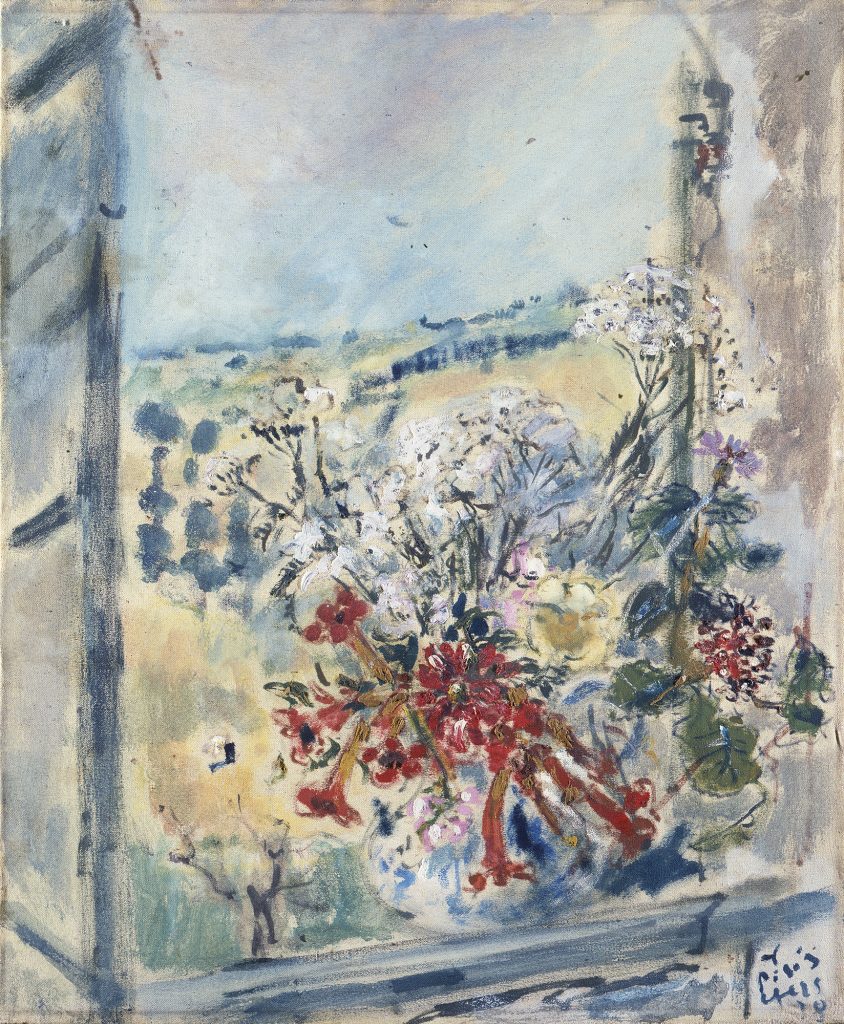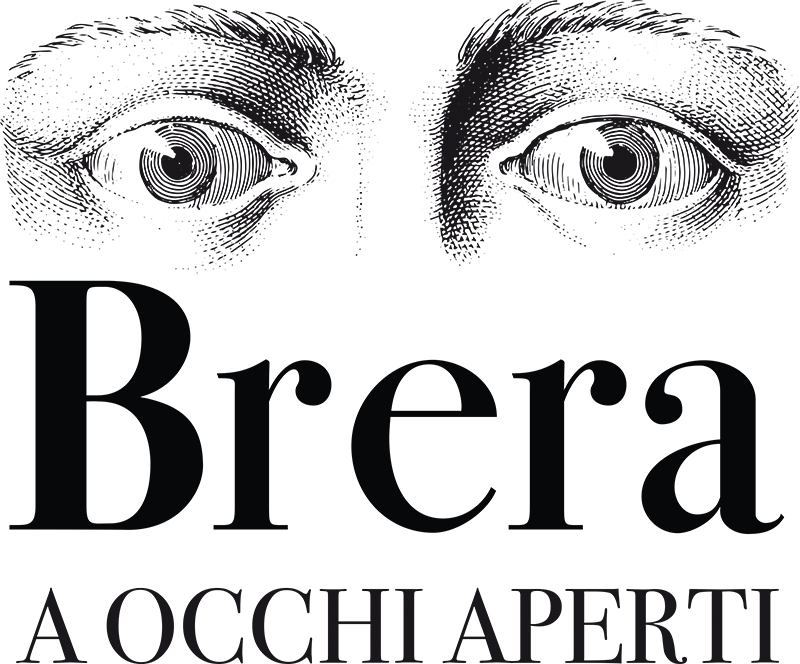FILIPPO DE PISIS (Filippo Tibertelli)
(Ferrara, 11 May 1896 – Milan, 2 April 1956)
Flowers at the Window
1938
Oil on canvas
76×63 cm

PAINTING
This 1938 canvas dates from the artist’s stay in Paris. A pot-bellied vase overflowing with flowers stands on the windowsill of a wide-open window that looks onto sunny fields and a clear sky that takes up slightly less than half of the image. While Leon Battista Alberti , since the 15th century, had defined painting as a “window opening onto the world”, here, De Pisis transcends all limits of space by dematerialising every subject: while the sill on the left is barely noticeable, the one on the right ultimately dissolves. Without moving towards pure abstraction, any pretence to verism is cast aside.
Thanks to the skilful brushstrokes “a zampa di mosca” or “fly’s feet”, as Eugenio Montale called them, the buds expand from the bouquet towards the sky, which seems to call the floral matter into itself. The real subject of the work is the beauty of Nature, with its vital power that knows no obstacles and overcomes all human artifice with its radiant superiority.
BIOGRAPHY
Passionate about entomology and botany from adolescence, his heartfelt desire was to become a writer. The artist’s stylistic evolution can be seen in his still lifes, particularly those depicting bouquets of cut flowers, which he passionately collected, dried and scientifically catalogued in a herbarium.
With the First World War, and having suffered ill health, he became friends with Giorgio de Chirico and his brother Alberto Savinio. It was thanks to them that he turned his hand to metaphysical painting, an avant-garde movement that, by representing objects in a sharp and static manner, sought to capture their essence beyond their physical appearance, beyond the misleading senses.
De Pisis then moved to Paris, at the time the cradle of new artistic fervour. There he met Picasso, but also Italo Svevo and James Joyce. He exhibited with both the Metaphysical group and Margherita Sarfatti’s Novecento.
Luigi Filippo Tibertelli came from a family with an aristocratic background and used the fallen surname De Pisis as his signature. Accused of being merely a decorative painter, with his aristocratic poses, the “marquis painter”, as he called himself, actually knew how to evoke and express the most intimate vitality of things, barely touching the canvas with his brush.

